The 2000s
Hopes and Dreams
A New Millennium
During the first eight months of the new millennium, Hope underwent the last step in its agency-wide internal reorganization—the restructure of its program staff and services. The enormity of growth in the 1990s as well as the projected expansion of the next 10 years dictated a deep and thorough examination of services and how the organization could best support the individuals and families who chose its services.
Also at this time, an outreach effort to decrease the state's waitlist even further was made through all of Hope's regional operations. Many new families were choosing Hope's services each year, which was attributed to networking with local school districts, health care agencies, and Native groups to identify the needs in their regional communities.
Building Community Across Alaska
Hope pioneered an exciting and desperately-needed service in 2000, officially opening the doors of its Community Wellness Center. Hope knew that the field of human services was difficult for caregivers, parents, guardians, siblings, as well as the person who experiences the disability. Without an existing resource center to provide assistance, the agency decided to plan, develop, and implement one and offer these services, not only to staff, families, and support recipients, but also to other community professionals, caregivers, and their support staff. The Wellness Center became a place where anyone could learn about disabilities and find educational and resource information.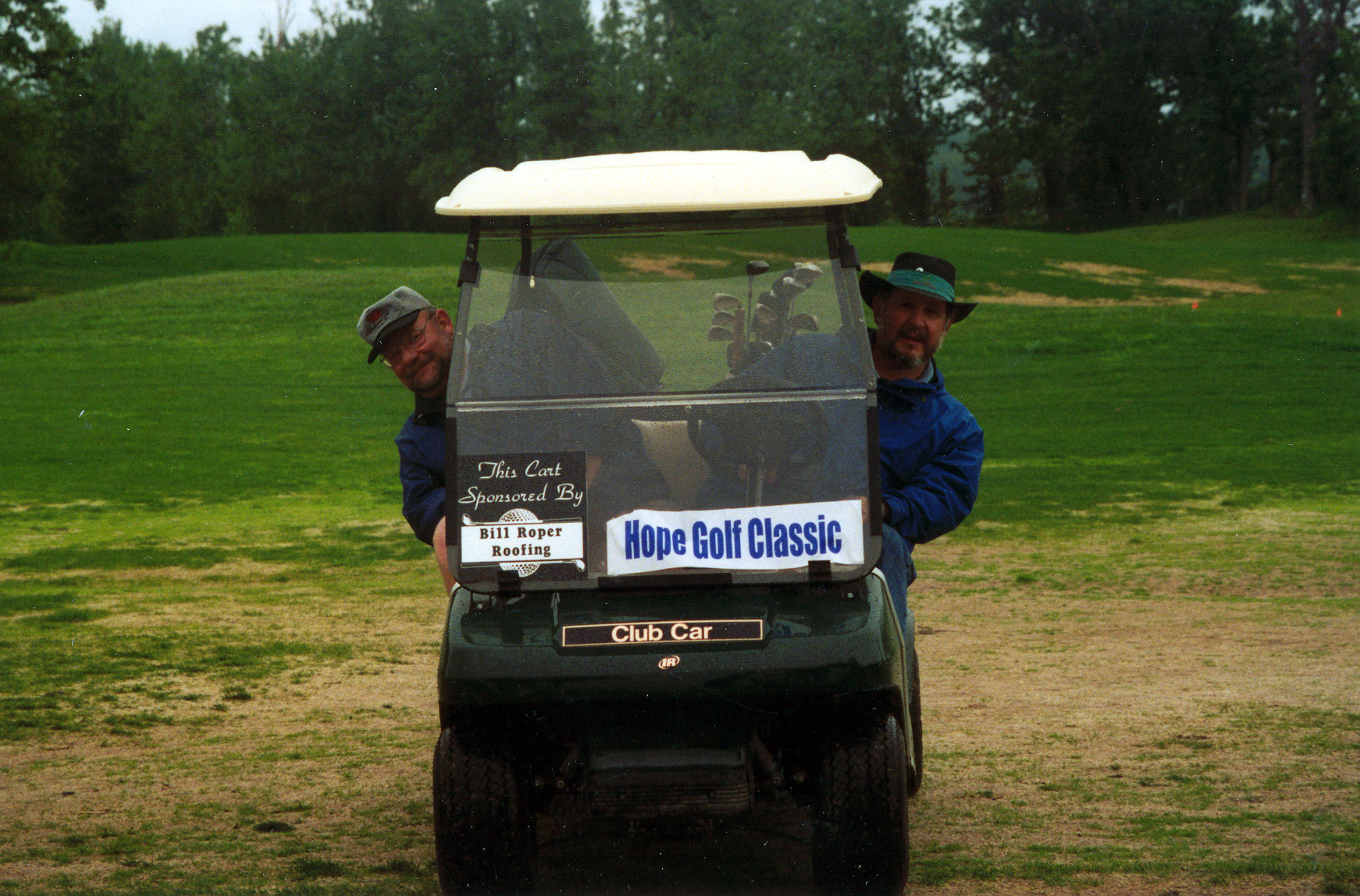
The Community Wellness Center is located in the original Hope Park building built in 1972. To convert the building into the Wellness Center, Hope secured major grants from long-time supporters—The Rasmuson Foundation, the State of Alaska, and various other contributors—for the first phase of construction, which included an accessible driveway and handicapped-accessible arctic entrance. Through future phases, the Center was complemented with walk-through gardens and paths leading down to a stream and small pond. The building was outfitted for tele-visual conferencing with families in rural areas, which diminished the need for travel to and from Anchorage.
Since the Mat-Su Valley regional office and operations were growing quickly, Hope wanted to increase its presence in the valley. There had been a Spring Walk & Roll for Hope held from Palmer to Wasilla since 1996. And in 2000, a new fundraising venture called the 'Hope Golf Classic' was created as an event held every year in June.
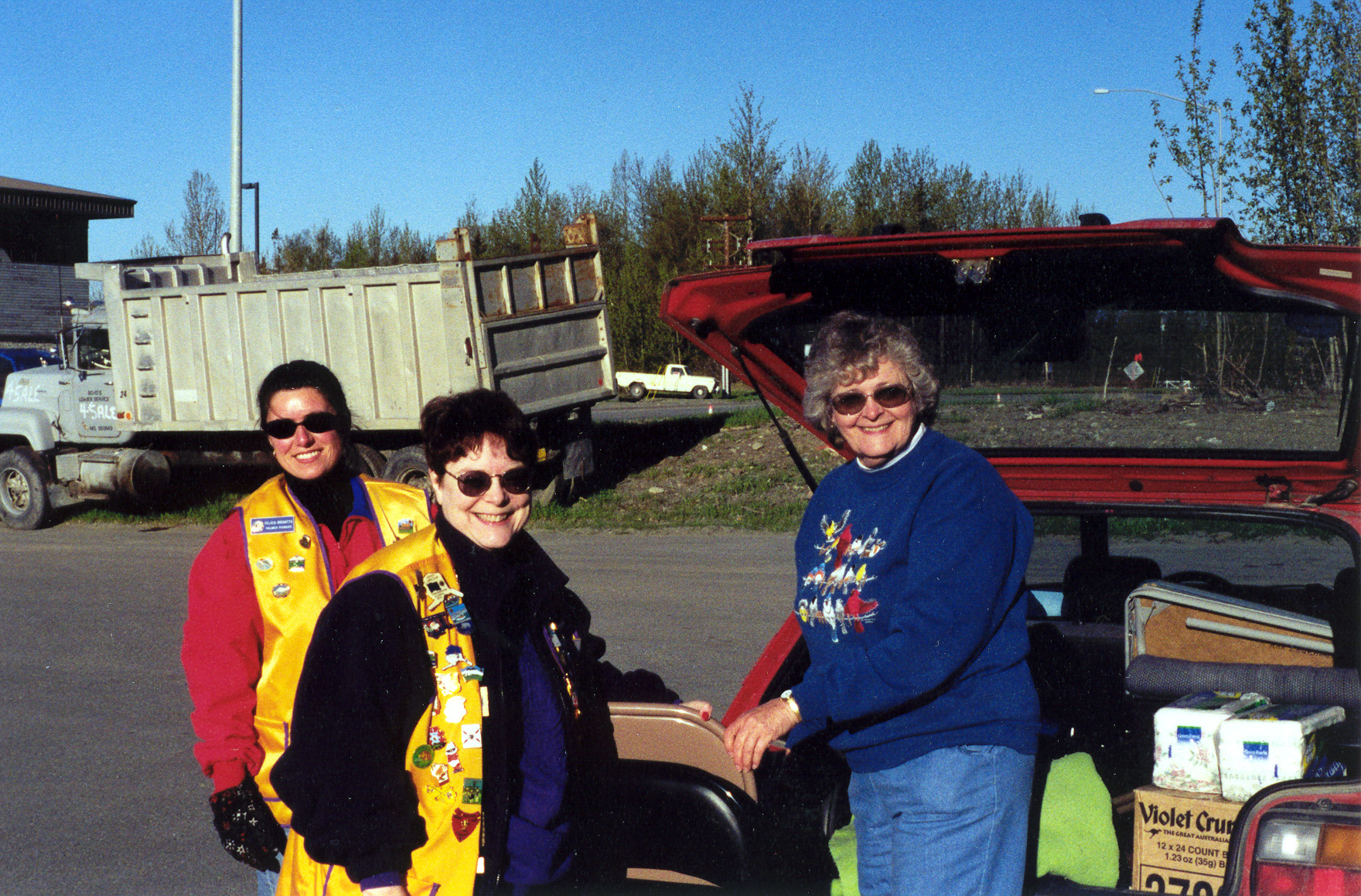
Hope's Supported Employment Network continued to prosper and fine-tune its offerings over the years. In 2001, 25 people—11 more than the previous year—were using this service. For the first time since it started, teenagers also sought employment. New types of employment supports were also added that year. One was the possibility of someone receiving one-on-one assistance in their job of choice. Until then, Hope offered group placements with one supervisor to assist several employees on the job.
The success of the Juneau Summer Recreation Program inspired Hope to implement a summer recreation program in Kodiak, too. The new program was developed for children and young adults and included kayaking, arts and crafts, horseback riding, swimming, hiking, fishing, and orienteering. There were also other summer activities offered through the Kodiak Science and Salmon Camp and the Kodiak Baptist Mission Day Camp. The community and the Hope practicum students were responsible for the success of those first events in Kodiak.

Hope was awarded a grant to provide services for individuals with developmental disabilities in the North Slope Borough, which led to the opening of its seventh regional office in Utqiagvik (formerly Barrow). Services through this grant included respite, children with complex medical conditions supports, and individualized annual plan management. The operations and office officially opened in December 2001. The region encompassed Utqiagvik, Nuiqsut, Point Hope, and Wainwright—an area that is approximately the size of the state of Minnesota, with a population of about 7,500.
By the end of 2001, Hope was offering and providing services to individuals in approximately 80 percent of populated Alaska. More than 860 individuals and families received full supports statewide, and more than 500 families received temporary assistance and services.
Hope's management team developed a three-year strategic plan, with goals of expansion and refinement of services in all regional operations and a possible addition of support in other remote areas of Alaska. The plan was driven by the philosophy of focusing on the individual, and guided by growth, security, and an enhancement of the way Hope delivered services.

In 2002, Hope received a $301,000 capital grant from the state to upgrade its homes and facilities, specifically to improve the safety of the homes for the individuals it supported. These improvements included normal wear of its properties in Anchorage, Kodiak, Seward, and Dillingham.
Programs and Services
Family Caregiver Outreach and Support Program
Hope secured two grants to support the addition of new services that Hope had not previously offered. First, the Family Caregiver Outreach and Support program was funded through the Alaska Council on Aging and incorporated into Hope's Community Wellness Center's offerings by providing an outreach support staff coordinator. After extensive outreach through electronic media, print media, direct mailings, and community presentations, an assessment was conducted to figure out what needed to be addressed. This information would be used to create support services consisting of educational forums and discussions, as well as informational presentations for family caregivers. The entire process was overseen and produced by the support staff hired specifically for the project as well as a licensed psychologist contracted through the Community Wellness Center.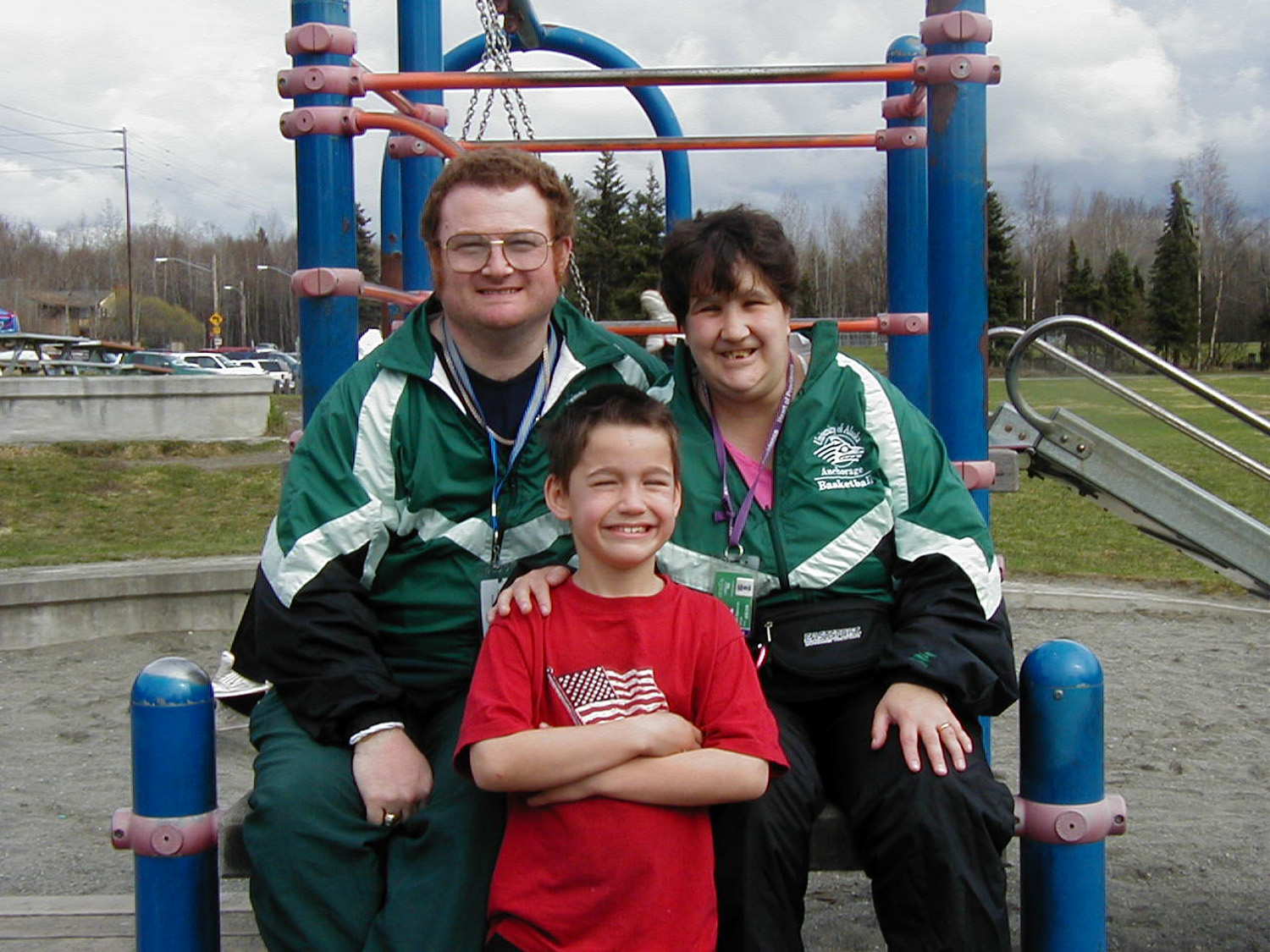
Supported Parenting Project
The second new service, the Supported Parenting Project, was based on techniques that were proactive, constructive, strengths-based, non-aversive, and respectful to the family unit. It provided services for parents who experience a developmental disability or a severe emotional disturbance, chronic mental illness, or substance abuse issue. Some of the services offered through the Supported Parenting Project included a parent resource library, parenting classes, a parent-mentor volunteer program, and home-based family therapy.
The goal of the project was not only to establish the program for Hope's Community Wellness Center, but also to seek an ongoing grant to assist newcomers as needed.
Dillingham Fish Camp
In 2002, Hope received permission from local landowners to operate its first Fish Camp in Dillingham. Accessible by boat or float plane from Dillingham and located on a popular area of a nearby river, it offered both fishing and hunting opportunities to Dillingham residents first, but any other person from all of Hope's regional operations could also participate in the program. Hope was initially given a one-year use of the fish campsite but applied for a second-year permit to continue the program. This project was a huge step for Hope's already established urban and rural subsistence program.
Practicum Program
Another first-time experience for Hope was a partnership with international colleges for a Practicum Program and onboarding its first practicum student, who provided support to children and adults with mental health issues. The student was working on his degree in mental health from the Black Hills College in South Dakota. He had experience working in areas of independent living with adults, social skills development with severely emotionally disturbed children, and counseling to process feelings and develop healthy outlets. The program engaged 35 students from the U.S., Ireland, Cyprus, and Romania in service learning.
Technology and Systems Development
The project that would best prepare Hope for the new millennium through technology was affectionately titled B.O.B.—"Better Online Business." Having what seemed to be 'limitless' capabilities of information input, monitoring, and reports, B.O.B. was designed to meet Hope's current and future needs, ranging from census of consumers to planned services versus actual delivery and billing. Eventually, the entire system was networked and connected to all of Hope's regional offices.
Regional Growth and Tribal Partnerships
Stabilization of growth marked the early years of the decade, allowing the agency time to review its system of service delivery and to make adjustments. This, however, did not last long. Hope was invited to Kenai and Soldotna by parents and guardians who were wishing for alternative services in their community. As a result, Hope opened its eighth regional office in 2004 to serve the Kenai Peninsula communities.
In addition, Hope began a concerted statewide project to secure Medicaid funding through Public Law 93-638, also known as the "Indian Self-Determination and Education Assistance Act," which enables federally recognized Indian tribes to contract with the federal government to administer various federal programs that serve their communities. This public law offered the opportunity to capture 100 percent cost of care for Alaska Natives through the federal government with no matching state dollars required. The outcomes of this venture—called Footsteps—were pioneering in both scope and effect. Hope also began to establish true partnerships with tribal health organizations in remote areas of Alaska. This collaboration honored culture and tradition through the design and implementation of services, with the goal of eliminating the waitlist for community supports in many regional areas.
Sibling Support Initiative
Hope's Family Support Services held two "SibShop" sessions in the early 2000s that were fashioned after the international model of "SibShops." SibShop was developed by Don Meyer at Children's Hospital in Seattle through the Siblings Support Project, and has been implemented worldwide. "SibShops," Meyer described, "are lively, pedal-to-the-metal celebrations of the many contributions made by brothers and sisters of kids with special needs. SibShops acknowledge that being the brother or sister of a person with special needs is, for some, a good thing, and for others a not-so-good thing, and for many, somewhere in between. They reflect a belief that brothers and sisters have much to offer one another—if they are given a chance. The SibShop model mixes informative and discussion activities with new games designed to be unique, off-beat, and appealing to a wide ability range and special guests."
Starting in November 2002, Hope offered three SibShop sessions for age groups of six to nine years old and 10 to 13 years old in the Anchorage and Eagle River communities. Unlike past sessions, a volunteer who was professionally trained by Don Meyer ran the SibShops. With the professional facilitator and other adult volunteers, the program progressed.
Facilities and Housing Expansion
In 2002, Hope purchased three residential homes, an apartment complex, and an additional office building. These purchases reflected Hope's commitment to move away from group homes and into smaller living situations and its need to expand the crowded workspace for employees in the main Anchorage office.
Of the 50 homes that Hope oversaw in Anchorage during 2002, many of them were still on a year-to-year lease basis. Whenever possible, Hope would buy the leased homes. Since Hope was responsible for the year-to-year maintenance of the homes, it was better to own the property and be able to stabilize the rent for individuals and families.
Hope also purchased an apartment complex in Kodiak that had been part of the Kodiak regional operations for a long time. It was an apartment cluster program where individuals who chose independent living support with assistance on an as-needed basis lived either by themselves or with a roommate. A staff person also lived in a separate apartment in the complex to give the residents help when needed.
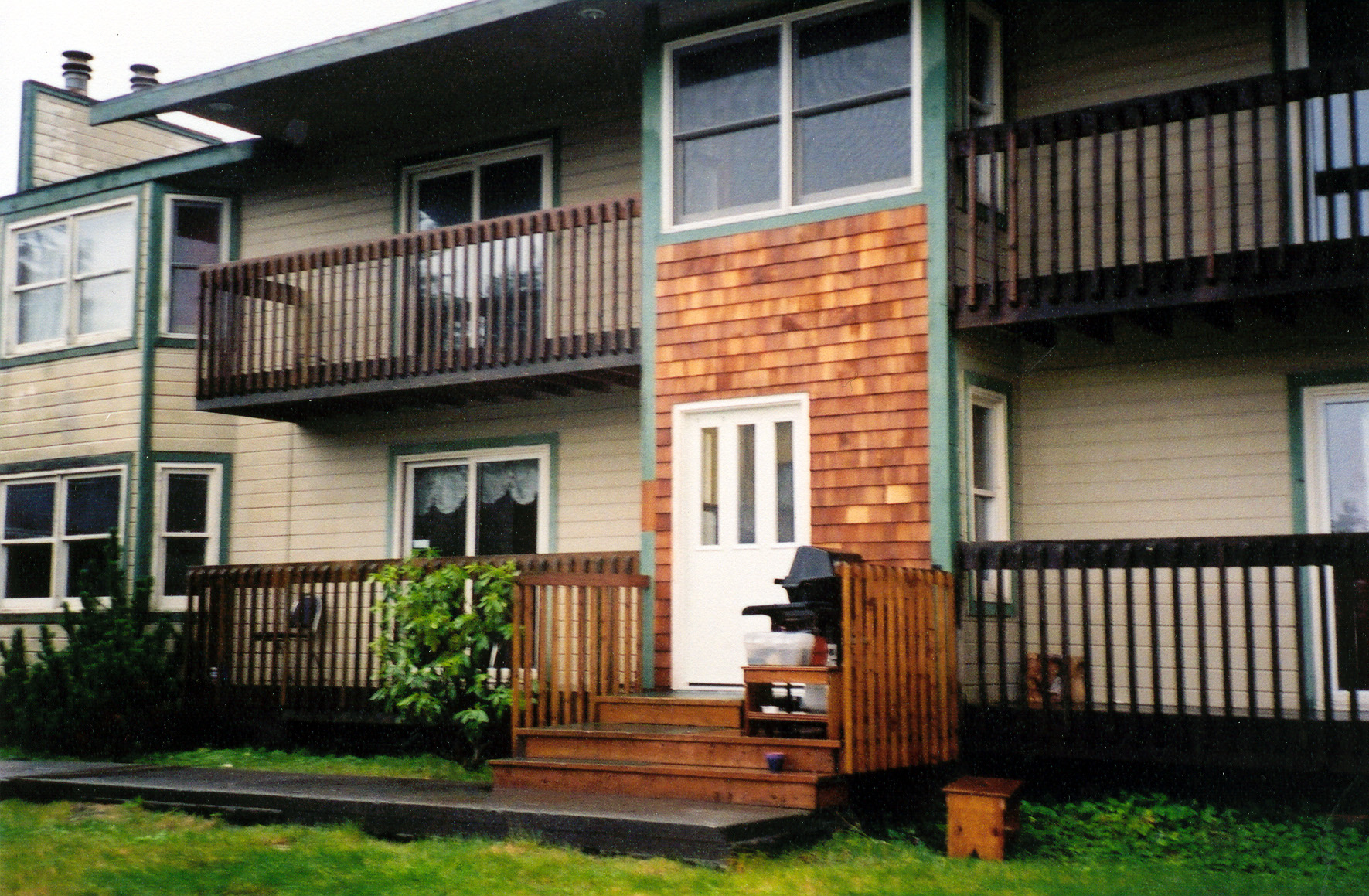
Hope's major investment for the year was the addition of a second office building. Since the agency's first office building—a small structure beside the Hope Park home—Hope only had two other office locations in Anchorage. Each office move was driven by the need and desire to stabilize leasing expenses while accommodating the expansion of services over the years. This action was not only fiscally responsible, it allowed the agency to reinvest the savings in people and programs.
The new office was located directly behind the main building on West International Airport Road. It not only offered extra office space for staff but also featured a 150-seat auditorium, a cafeteria, and commercial kitchen with a 125-person dining capability, large training room, and additional parking space for staff and visitors. The 12,000 square-foot facility was a perfect match for Hope's growing needs.
The new office saved Hope the cost of rental space for agency meetings and other larger gatherings that are hosted throughout each year. The cafeteria space was also a multipurpose blessing.
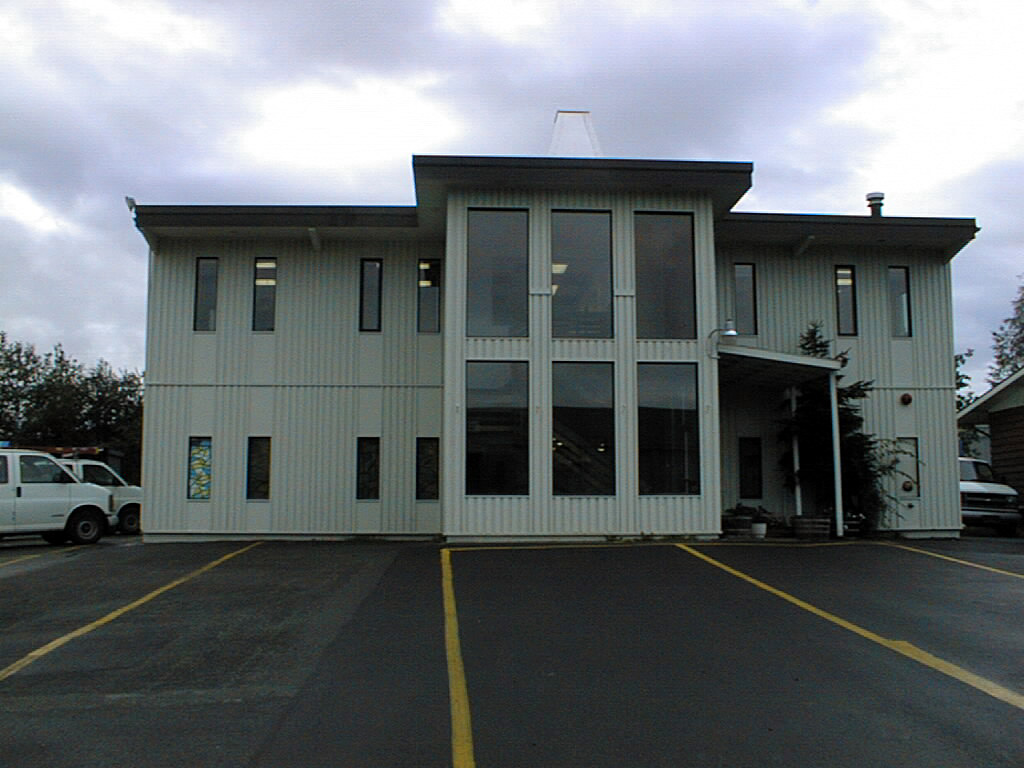
Community Engagement
Hope designated the mid-2000s as a time of “infinite possibilities,” focusing on broadening opportunities for individuals who experience disabilities beyond basic services—this included the integration of arts, employment, and wellness into service delivery models.
Hope hosted its first Symposium of Possibilities, which introduced individuals, caregivers, and the broader community to inclusive practices in the arts and human services. The event provided platforms for self-expression and professional development, aiming to improve understanding of individual capabilities. Employment supports continued to expand. Hope increased its efforts in supported and independent employment, including microenterprise initiatives such as vending operations run by service recipients. The organization documented several long-term employment partnerships across Alaska, including roles at the University of Alaska Anchorage and various retail and food service businesses.
Employment supports continued to expand. Hope increased its efforts in supported and independent employment, including microenterprise initiatives such as vending operations run by service recipients. The organization documented several long-term employment partnerships across Alaska, including roles at the University of Alaska Anchorage and various retail and food service businesses.
The organization received the Mayor’s Business Diversity Appreciation Award and continued wellness programming recognized previously by the Alaska Psychological Association. Internally, Hope maintained a diverse workforce representing more than 30 countries, and promoted staff education, with over 340 employees holding a degree and 100 more pursuing higher education.
Hope Turns 40
The year 2008 marked Hope's 40th year of providing services in Alaska. The agency continued to focus on community-based supports and individualized service delivery. Key developments included an increased use of Home and Community-Based Services (HCBS) waivers, allowing funding to follow the individual rather than the agency.
Approximately half of the individuals served were supported in their own homes, and Hope continued to move away from group homes toward individualized living options, including home ownership and apartment living.
Hope finalized implementation of a retirement plan for its employees and expanded career development pathways, particularly for Direct Support Professionals (DSPs). This was part of a broader effort to address national workforce shortages and improve retention.
The organization advocated for the establishment of a statutory rate review process to periodically adjust service funding levels based on inflation and cost of services. This would align community service providers with rate structures similar to those in place for hospitals and nursing homes.
Additional focus areas identified for development included:
- Autism-specific workforce training
- Transition services (birth to school, school to work, work to retirement)
- Services for medically fragile children and adults
- Supports for individuals with dual diagnoses
- Planning for the aging population with disabilities
- Exploration of intentional communities
Hope launched the 'Heart of Hope' Campaign, a fundraising initiative to grow its endowment fund by $100,000. The goal was to increase financial stability and ensure long-term service sustainability amid potential reductions in traditional funding sources.
By the end of the decade, Hope operated eight regional offices and provided full supports to more than 1,000 individuals across Alaska. Approximately 28% of those served were Alaska Native. The organization maintained a focus on culturally responsive planning, including subsistence-based and village-level services, which continued to guide its work into the 2010s.


